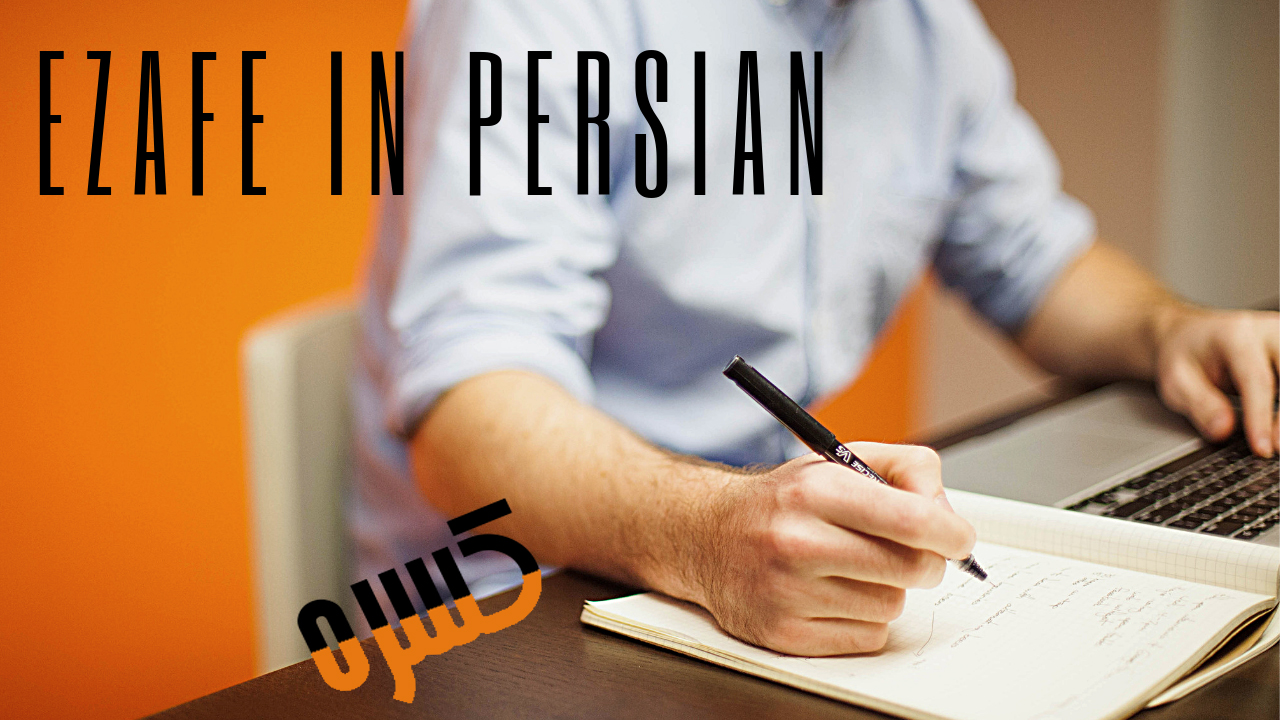
What is Ezafe in Persian?
What is Ezafe in Persian?
"Have you ever wondered what "Ezafe in Persian" means and how you should use it?
Many learners often find it a bit confusing in the beginning but don't worry, here is all you need to know about this tricky vowel!"
Ezafe is an unstressed vowel -e which is pronounced similar to the letter "e" in English "ten" and connects different words together. We have discussed about Persian alphabet and Persian vowels before, but using this unstressed vowel needs some information."
History of Ezafe in Persian
Originally, just like every other early Indo-European language (such as Latin, Greek, and Proto-Germanic), in Old Persian nouns had case endings. A genitive construction would have looked much like an Arabic iḍāfa construct, with the first noun being in any case, and the second being in the genitive case, as in Arabic or Latin.
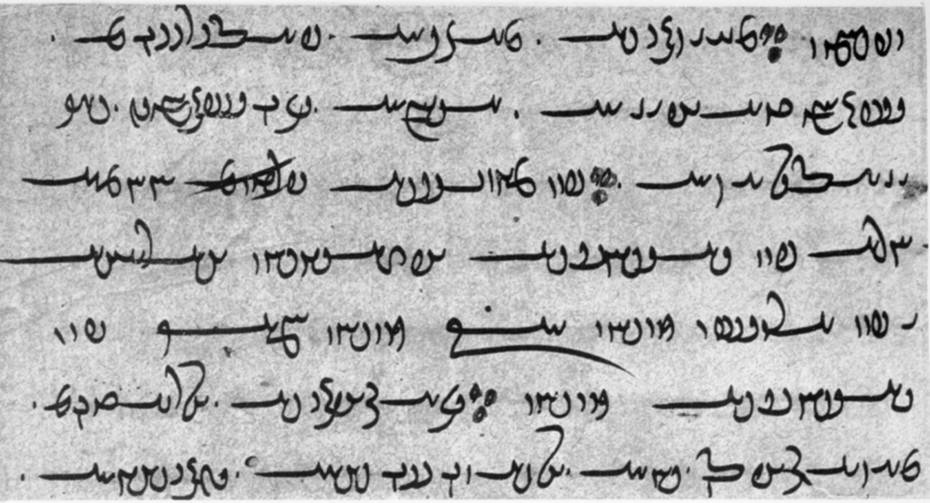
However, over time, a relative pronoun such as tya or hya (meaning "which") began to be interposed between the first element and its genitive attribute.
Tisdall states that the modern Persian ezafe stems from this relative pronoun which, that in Eastern Iranian languages (Avestan) was yo or yat. Pahlavi (Middle Persian) shortened it to ī (spelled with the letter Y in Pahlavi scripts), and after noun case endings passed out of usage, this relative pronoun which (pronounced /e/ in New Persian), became a genitive "construct" marker.
Thus the phrase
- mard-e xub مردِ خوب
historically means "man which (is) good" rather than "good man."
Where to use Ezafe in Persian?
In Persian, we use it primarily in four situations:
- Possession: to connect the possessed noun with its owner
- Adjectival phrases: to modify nouns
- Naming: to connect people and titles; places, days,seasons and their names.
- Place and direction: to indicate a place or direction.
Using Ezafe for possession
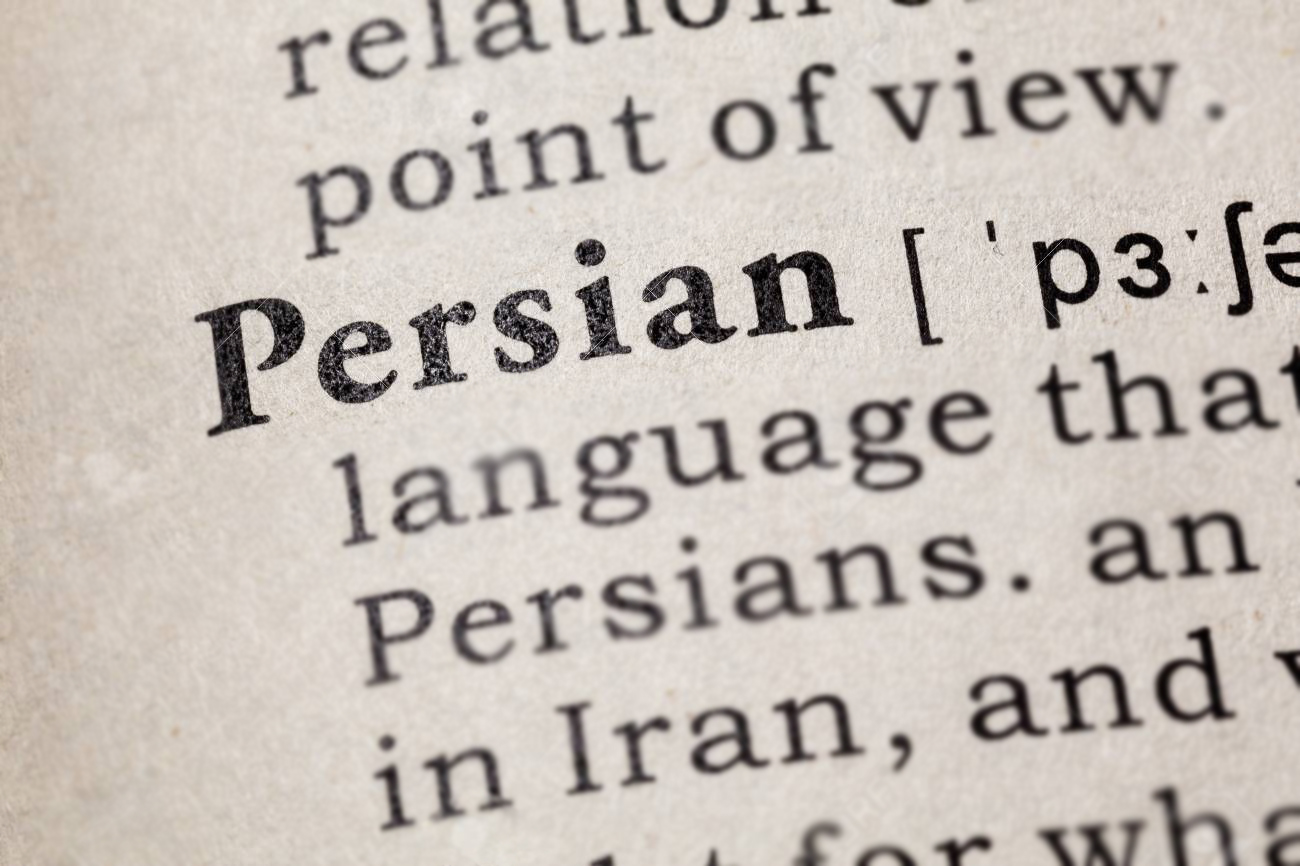
We use the ezafe is used for indicating possession as well. The possessor follows the possessed.
For example:
| Pedram's Book | کتاب پدرام |
| Their Car | ماشین آن ها |
| My hands | دست های من |
| My father's friend | دوست پدرم |
| His life | زندگی او |
When a word ends in a consonant, the ezāfe is pronounced but not written. However, we can mark it using the diacritical mark kesre کسره, which becomes the kesre-ye ezāfe کسرهٔ اضافه.
| Pedram's Book | کتابِ پدرام |
| Their Car | ماشینِ آن ها |
| My father's friend | دوستِ پدرم |
Note:
If any of the words has adjectives, its adjectives come right after it.
| Kamran's dirty ball | توپ کثیف کامران |
| My friend's new bicycle | دوچرخه جدید دوستم |
| Neighbour's big flower | گل بزرگ همسایه |
| Bahareh's white doll | عروسک سفید بهاره |
| The village's long river | رودخانه طولانی روستا |
Using Ezafe for adjectives
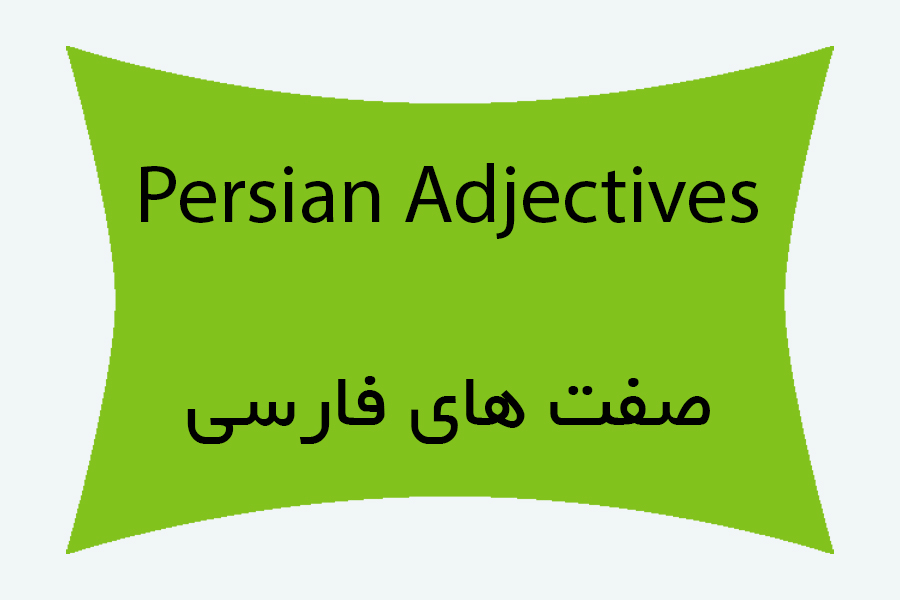
Adjectives are linked to their noun using an ezafe. Unlike English, the noun precedes its adjective in Persian.
| Good morals | اخلاق خوب |
| Exhausting day | روز خسته کننده |
| Short film | فیلم کوتاه |
| Dark room | اتاق تاریک |
| Heavy Laptop | لپ تاپ سنگین |
Note:
When the noun ends with a vowel, another letter or sound should step between the ezafe and the noun to prevent the two vowels being pronounced right after each other. This letter is “ی”, which in this position, should be pronounced like the letter “y” in the English word “yes”.
| Big house | خانه بزرگ |
| Blue window | پنجره آبی |
| Hard tasks | کارهای سخت |
| Strong force | نیروی قوی |
| Old heater | بخاری قدیمی |
As you see, the letter “ی” in this case is always pronounced but not always written. In fact, writing it as a separate letter is a very new standard and is only common in Iran. The conventional way is to simply avoid writing but for some words like "کارهای سخت" it should be written.
An adjective can follow a singular or plural noun. As in English, the adjective stays in single form when the noun becomes plural. One noun can take one or more adjectives.
| Great men | مردان بزرگ |
| Country's polluted cities | شهر های آلوده کشور |
| My wife's old friends | دوستان قدیمی همسرم |
| Digital numbers | اعداد دیجیتال |
| Broken wooden chairs | صندلی های چوبی شکسته |
As you see in the above example, the letter “ی” is used here again to link two vowels together.
As in English, the word “و”, meaning “and”, can come to attribute more than one adjective to a noun or more than one noun to an adjective:
| Active and smart students | دانش آموزان فعال و باهوش |
| Beautiful and wild birds | پرندگان زیبا و وحشی |
| Old and valuable goods | اجناس قدیمی و با ارزش |
| Asian boys and girls | پسران و دختران آسیایی |
| Fast lines and networks | خطوط و شبکه های پر سرعت |
Notice that the word “و” can be read both as “o” and “va”, but the latter sounds rather formal.
Using Ezafe for naming

We utilize Ezafe in cases for naming people and things as well.
| The university of California | دانشگاه کالیفرنیا |
| The country of Argentina | کشور آرژانتین |
| Hafez Street | خیابان حافظ |
| Mr. Basiri | آقای بصیری |
| The autumn season | فصل پاییز |
Note:
If a word ends in the short vowel designated by the heh do-cheshm (ه), then ezāfe may be marked in another way as well.
In this case, a hamze ء is added on top of the final heh:
| Our house | خانهٔ ما |
| Next Week | هفتهٔ دیگر |
| The good examples | امثلهٔ خوب |
This method of writing in not being used that much in recent Persian writings and was mostly used in the past. If you ever see that in a book or text, keep in mind that it is equal to the usage of "ی" described before.
| Our house | خانه ی ما |
| Next Week | هفته ی دیگر |
| The good examples | امثله ی خوب |
Using Ezafe for place and direction
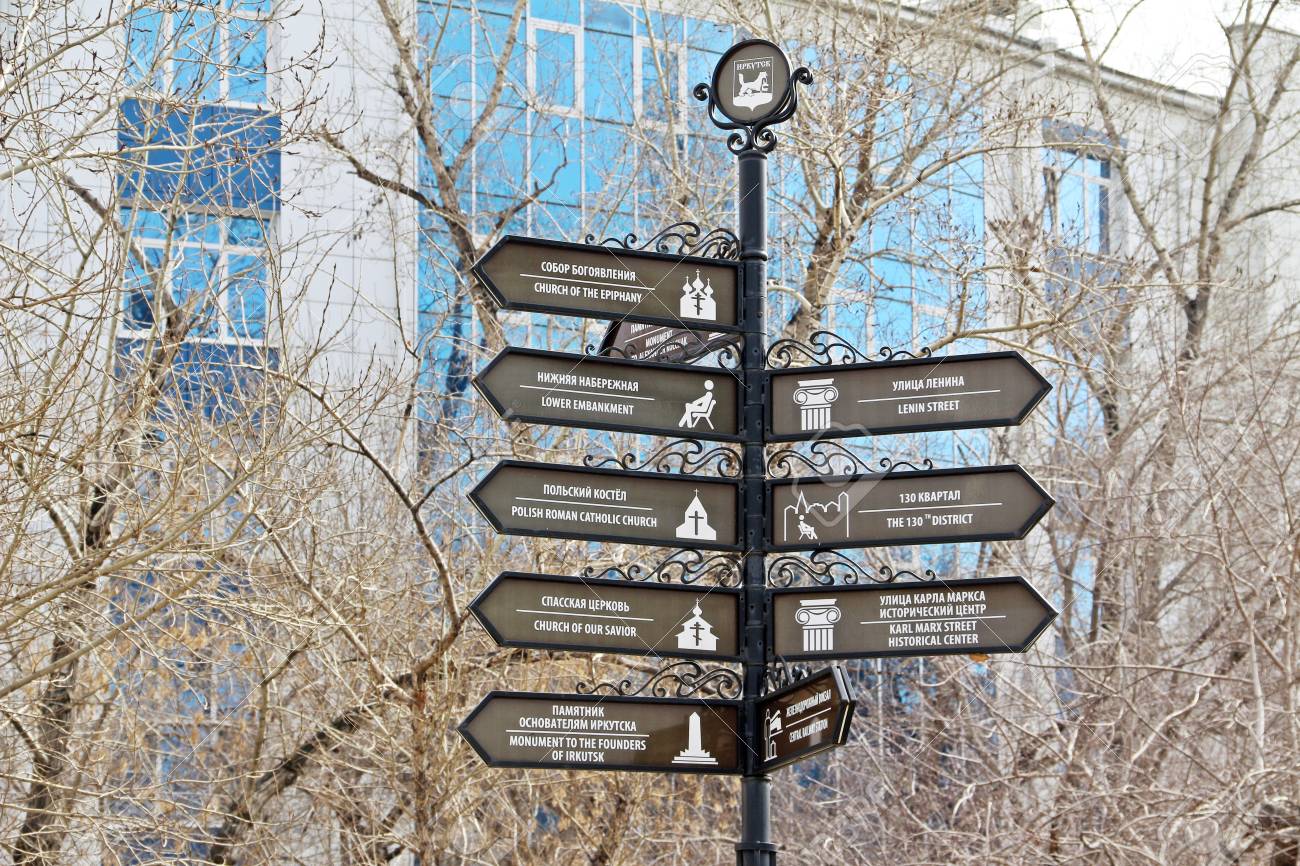
Many of the words indicating place and direction are also followed by an ezafe when preceding a noun.
| Under the bed | زیر تخت |
| Inside the city | توی شهر |
| Outside of the room | بیرون اتاق |
| Above the clouds | بالای ابرها |
| Down the stairs | پایین پله ها |
"In this post we tried to expalin the usage of Ezafe in Persian with different examples to make it clarified for people who are new to this language. You can start learning Pesian from basic level by using our courses for free."






Leave a Reply
Your email address will not be published. Required fields are marked *
All Comments (5)
محبوبه اظهری
lxbfYeaa
lxbfYeaa
lxbfYeaa
lxbfYeaa
lxbfYeaa
lxbfYeaa
lxbfYeaa
lxbfYeaa
lxbfYeaa
lxbfYeaa
lxbfYeaa
lxbfYeaa
lxbfYeaa
lxbfYeaa
lxbfYeaa
lxbfYeaa
lxbfYeaa
lxbfYeaa
lxbfYeaa
lxbfYeaa
lxbfYeaa
ubaTaeCJ
ubaTaeCJ
ubaTaeCJ
ubaTaeCJ
ubaTaeCJ
ubaTaeCJ
ubaTaeCJ
ubaTaeCJ
ubaTaeCJ
ubaTaeCJ
ubaTaeCJ
ubaTaeCJ
ubaTaeCJ
ubaTaeCJ
ubaTaeCJ
ubaTaeCJ
ubaTaeCJ
ubaTaeCJ
محبوبه اظهری
محبوبه اظهری
محمود
جوشنی